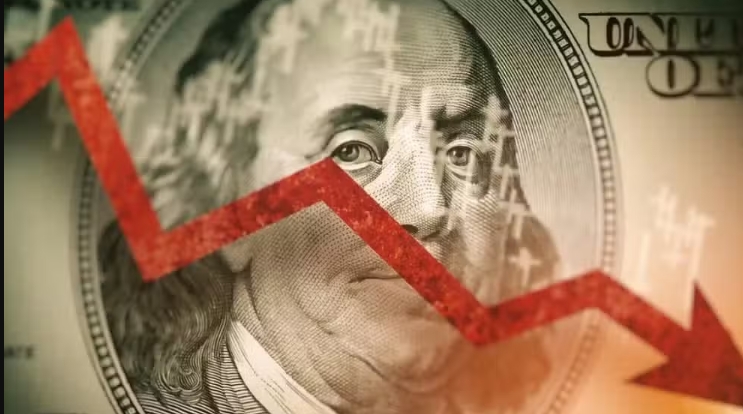The foreign exchange reserves held by the State Bank of Pakistan (SBP) have witnessed a notable decline, as per the latest data released by the central bank.
The reserves fell by $252 million on a weekly basis, bringing the total to $11.167 billion as of February 7, 2025. This marks a sharp decline from the $11.418 billion recorded on January 31, 2025.
The decline in Pakistan’s foreign reserves comes as the country meets its external debt obligations. Just a few months ago, in November 2024, the SBP’s reserves had crossed the $12 billion mark, offering a sign of stability.
The decline in reserves is a cause for concern as it directly impacts Pakistan’s ability to finance imports, manage external payments, and stabilize the local currency.
Foreign Reserves Drop Amid Debt Repayments
With persistent inflationary pressures and a fragile economic outlook, maintaining sufficient foreign currency reserves is crucial to ensuring economic stability.
In addition to the decline in SBP-held reserves, the overall liquid foreign currency reserves of Pakistan, including those held by commercial banks, also witnessed a drop. The total foreign currency reserves stood at $15.863 billion, down $181 million compared to the previous week.
Interestingly, commercial bank reserves recorded a slight increase. The net reserves held by commercial banks rose by $70 million, reaching $4.696 billion.
Exchange Rate Volatility
One of the immediate effects of declining foreign exchange reserves is increased pressure on the Pakistani Rupee (PKR). With a weaker rupee, the cost of imported goods such as fuel, machinery, and essential commodities rises.
In recent months, the PKR has already experienced significant depreciation, adding to inflationary concerns.
Pakistan, being an import-dependent economy, faces greater economic strain as prices soar, impacting businesses and consumers alike.
The decline in reserves further exacerbates inflationary pressures, making it harder for policymakers to stabilize the economy.


